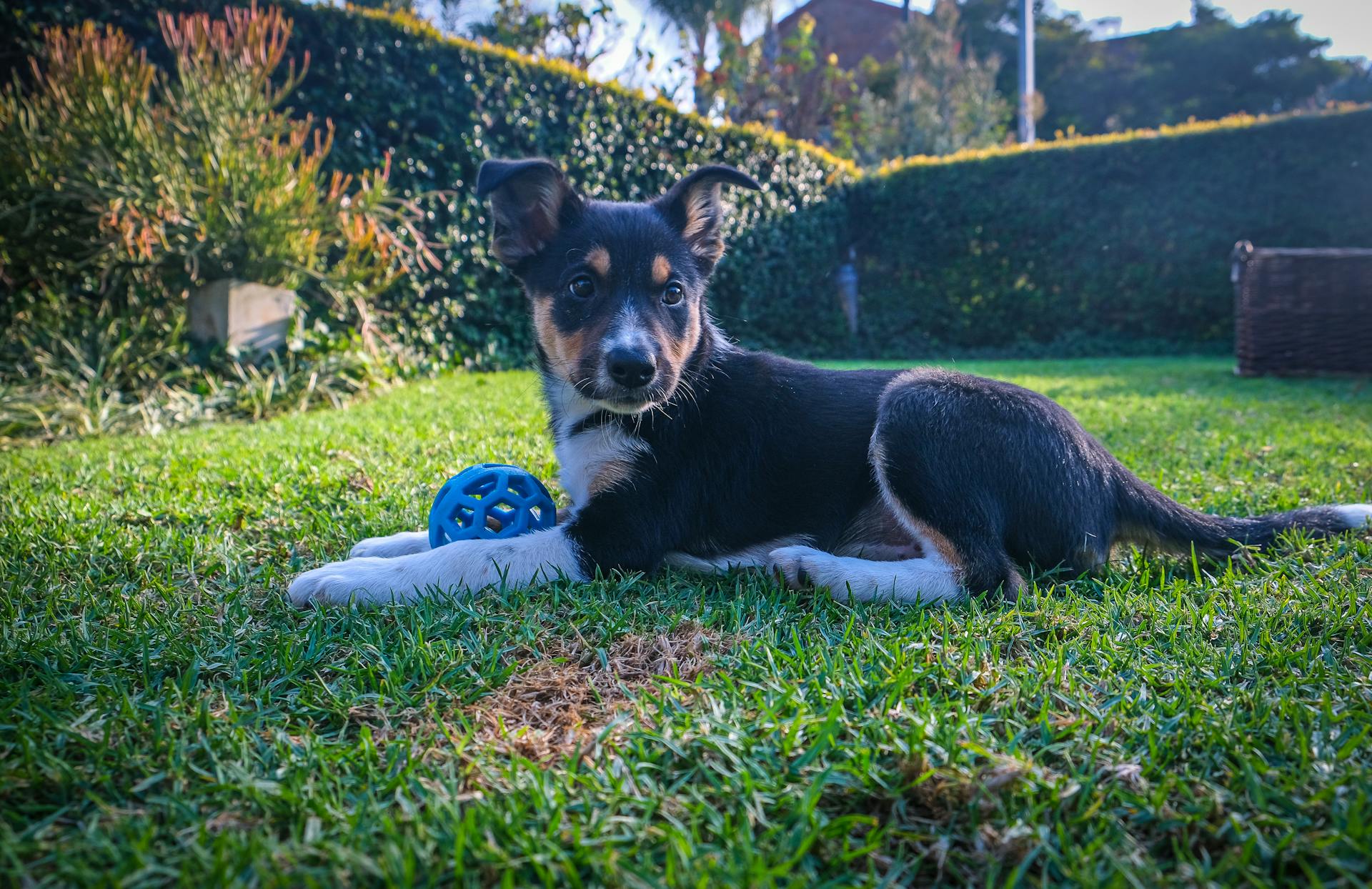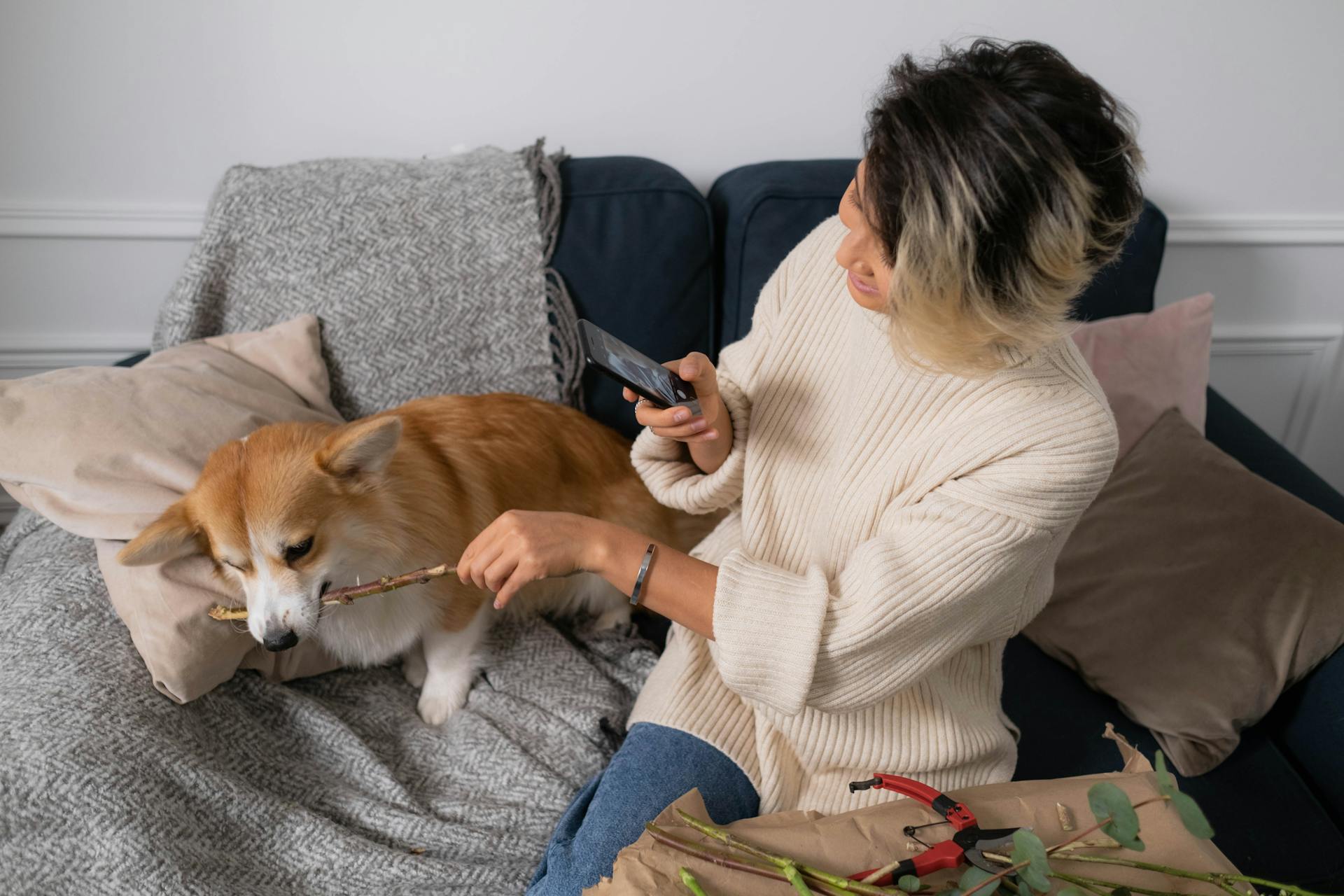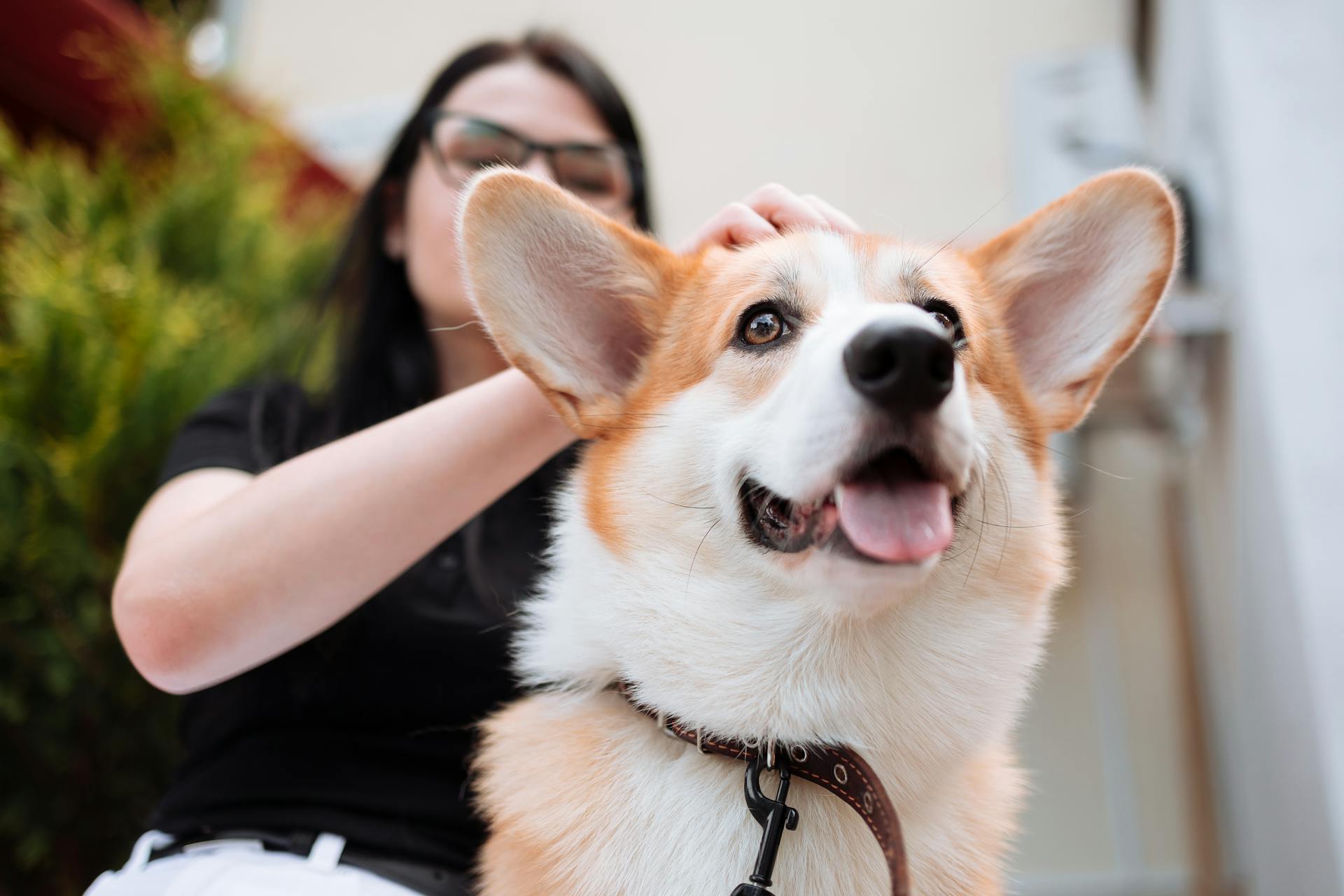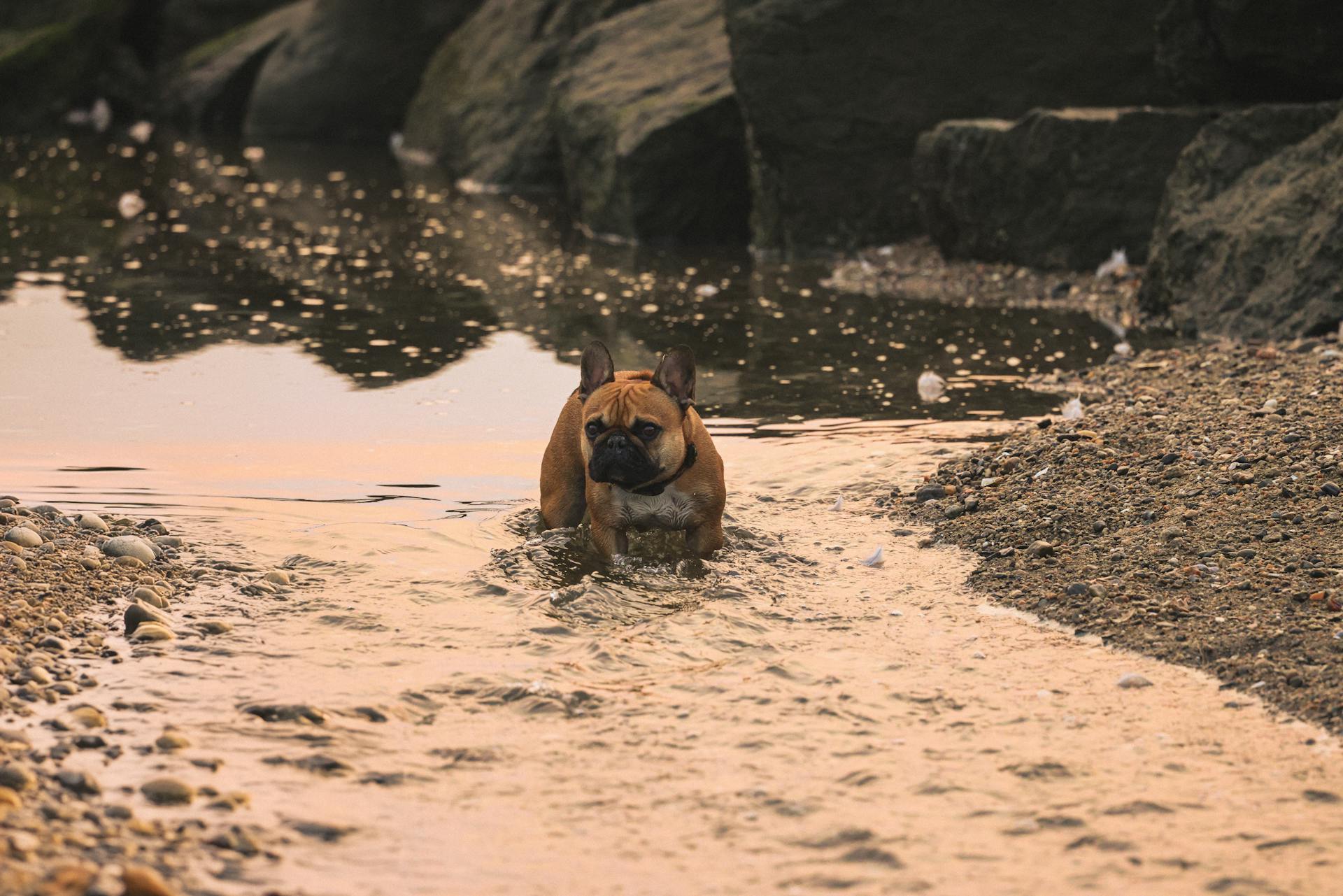
Back to basics dog training is all about creating a happy and healthy home for you and your furry friend. It's about understanding canine behavior and needs, and using that knowledge to establish clear boundaries and expectations.
A well-trained dog is a happy dog, and research shows that dogs that receive consistent training are less likely to develop behavioral problems. By focusing on basic obedience commands like "sit", "stay", and "come", you can build a strong foundation for a lifelong relationship with your dog.
One of the most important things you can do for your dog is establish a routine. Dogs thrive on predictability, and a consistent daily schedule can help prevent boredom, anxiety, and destructive behavior. By incorporating regular exercise, playtime, and training sessions into your dog's daily routine, you can keep them happy, healthy, and well-behaved.
By going back to basics with dog training, you can create a more harmonious and enjoyable home environment for everyone. With patience, consistency, and positive reinforcement, you can teach your dog the skills they need to thrive and live a happy, healthy life.
You might enjoy: Daily Dog Training
Basic Obedience Fundamentals
Practicing basic obedience cues is essential for any dog, regardless of their level of training. It's the building blocks for more complex behaviors.
These cues, such as "focus", "sit", and "stay", help your dog successfully perform more complex behaviors. They're the foundation of any successful training session.
Your dog will always need to learn and practice the basics, even if they're a master of agility or a rescue dog. It's easy to forget to practice these cues after years of training, but it's essential to keep them sharp.
The "sit" command is a great example of a basic cue that's essential for any dog. To teach it, stand close and tall in front of your standing dog with a treat or toy in your hand.
Raising your hand with the treat or toy above your dog's nose will encourage them to sit. If they don't sit, try raising your hand a little more and walking towards them. This will help them understand the command.
For another approach, see: Dog Training Basic Obedience Lesson Plan
Congratulations and rewards are key to teaching your dog the "sit" command. Make sure to praise and reward your dog for a job well done, and practice this cue regularly to ensure they understand it.
A dog's natural position is to sit, but teaching it as a cue is incredibly beneficial. It's the gateway to other behaviors, such as lie down, stay, and heel.
Keeping training sessions interesting and fun is crucial to prevent your dog from becoming complacent. Try to be creative and find new ways to teach your dog the basics, even if it's just a simple "sit" command.
For your interest: Teaching Dog Obedience
Training Methods and Techniques
Positive Reinforcement is a powerful training method that focuses on rewarding good behavior, rather than punishing bad behavior. This approach encourages dogs to learn and repeat desired behaviors.
A key principle of Positive Reinforcement is that rewards should be given immediately after the desired behavior is performed. For example, if you're teaching your dog to sit, a treat should be given the moment their bottom touches the ground.
If this caught your attention, see: Dog Training Positive Reinforcement
Clicker Training is a specific type of Positive Reinforcement that uses a small device that makes a distinct sound, called a clicker, to mark the exact moment a desired behavior is performed. This helps dogs associate the sound with the behavior.
A well-timed treat or praise can go a long way in reinforcing good behavior and preventing bad behavior. In fact, dogs are more likely to learn and remember behaviors that are associated with positive outcomes.
Consistency is crucial when using Positive Reinforcement. Dogs thrive on routine and clear communication, so it's essential to use the same commands, hand signals, and rewards each time you train.
Expand your knowledge: Dog Training Sound
Socialization and Puppy Training
Socialization and puppy training are crucial for a well-behaved and happy dog. The prime socialization window closes around 14 weeks of age, but don't worry if you miss it - it's not impossible to socialize your pup after that.
You should expose your pup to things that relate to your lifestyle, like music or water if you have a pool. The key is to have a positive experience and interaction. Pay close attention to your dog's body language and never force them to do something.
Curious to learn more? Check out: Dog Training for Socialization
Recall, name recognition, 'stay' or 'wait', 'touch', and 'find it' are essential cues to teach your dog. Here's a brief overview of each:
- Recall: Teaching your dog to come when called.
- Name recognition: The goal is for your dog to understand their name when you call it.
- 'Stay' or 'Wait': Important for your dog to know not to dart out of doors or out of the car.
- 'Touch': A hand targeting cue where your dog bops your hand with their nose.
- 'Find it': A game of distraction where you bring a treat to your dog's nose and then toss it for them to find.
When your dog gets overexcited, like barking and jumping up on guests, redirect their focus by picking up a toy or giving them a treat-filled toy. It's essential to avoid yelling or approaching your dog like you're angry. Instead, think of it as redirecting a child's focus from drawing on the wall to colouring on paper.
For more insights, see: Focus Dog Training
Adult Dog Training
Adult dog training is a great way to improve your relationship with your furry friend, and it's never too late to start.
You can teach your adult dog new tricks, even if they're older, as long as they don't have any physical limitations.
It's amazing how quickly they can pick up new cues, and it's a great way to keep their minds active and engaged.
See what others are reading: Training an Adult Dog
Training Essentials
Consistency is key in back to basics dog training, so establish a regular training schedule with short sessions, ideally 10-15 minutes, twice a day, to keep your dog focused and prevent boredom.
Positive reinforcement is a powerful tool, so use treats, praise, and affection to reward good behavior and encourage your dog to repeat it.
Clear communication is essential, so use a firm, calm tone of voice and avoid yelling or punishing your dog for mistakes.
Training should be fun for both you and your dog, so keep sessions short and engaging, and end on a positive note to leave your dog eager for the next session.
A well-defined training area is crucial, so choose a quiet, distraction-free space with minimal interruptions and a clear path for your dog to follow.
Consistency and repetition are key to learning, so practice new skills multiple times a day, every day, to reinforce what your dog has learned.
Expand your knowledge: Why Use a Clicker for Dog Training
Importance and Benefits
Your dog will always need the basics, regardless of their level of training or agility skills. These basic cues, such as "focus", "sit", and "stay", are the building blocks for more complex behaviors.
Practicing these cues is essential because they help get your dog's attention in the first place. Without them, it's tough to move forward with more advanced training.
These basic cues become important in real-life settings, such as when you need your dog's attention in a distracting environment. They're also great for working on your relationship with your dog, as they can help strengthen your bond through rewards and praise.
Additional reading: Do Dog Diapers Help with Potty Training
Focus
The "focus" cue is a simple yet powerful tool in dog training. It's called "watch me" and can help catch your dog's attention.
Using this cue can be beneficial in all stages of training, even with a puppy. It helps your dog understand when a training session is beginning.
As your dog masters the cue, you can use it to gain her focus in high-distraction areas. This is especially helpful during walks when a cat meanders by.
The ability to focus can even help a dog through stressful situations. For example, if your dog gets nervous at the vet's office, but can focus on you during the exam, she may feel significantly less stress.
Remember, using your "focus" cue in high-distraction or stressful places can be difficult for your dog at first. This is where using praise, treats, and other positive reinforcers ensure your dog knows you are the most interesting and important thing in the room.
See what others are reading: When to Start Obedience Training for Puppies
Sources
- https://apawlopets.com/en-us/products/back-to-basics-weekly-dog-training-planner
- http://www.advancepet.com.au/blog/back-to-basics-dog-obedience-training
- https://whatthepup.spotandtango.com/back-to-the-basics-dog-training-essentials/
- https://www.animalbehaviorcollege.com/blog/pet-training/back-to-basics-the-importance-of-elementary-cues/
- https://www.bil-jac.com/the-dog-blog/posts/let-s-get-back-to-basics/
Featured Images: pexels.com


